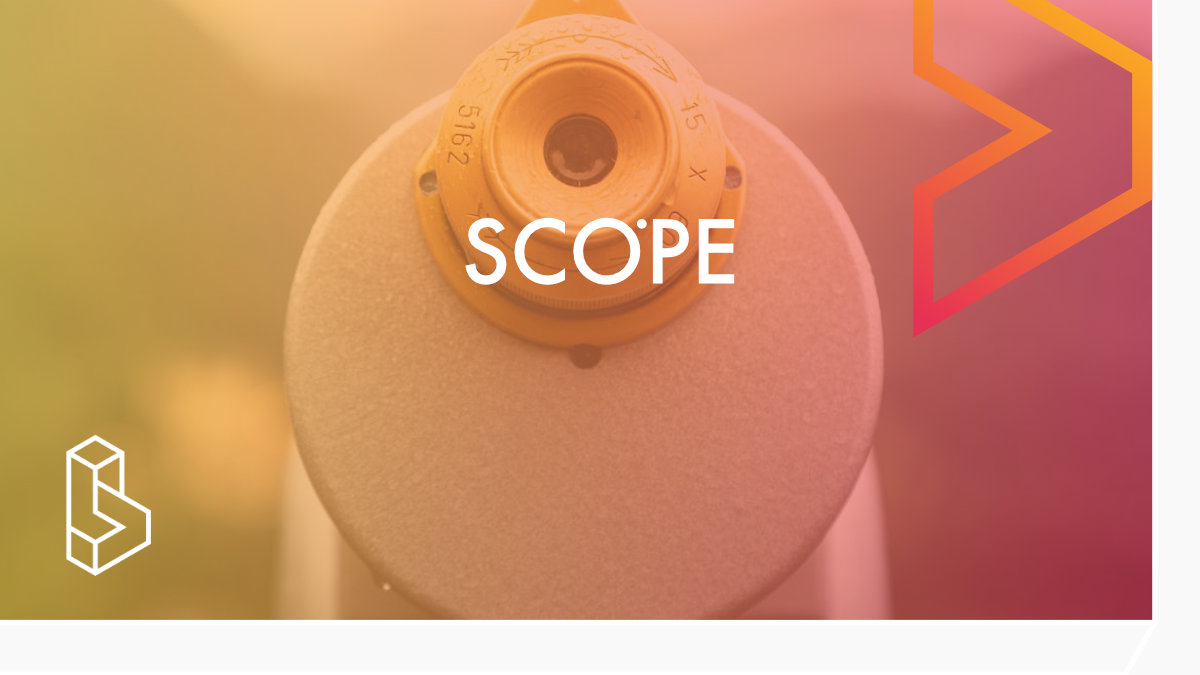The field of psychedelic research is quickly expanding. It can be difficult to keep up with all that is happening in the psychedelic space. These visualisations – worked on over months – will help you cut through the weeds.
The visualisations help you examine the data through various lenses. They are interactive, which means you can sort the data differently, or click through to the individual data points.
For another visualisation, made in cooperation with Synthesis, please see our Atlas of Psychedelic Research.
1. Scope of Psychedelic Research
On this visualisation, you can see the scope of research into each (clinical) area currently ongoing. We have mapped out the number of clinical trials, the patients involved, and the number of published research papers.
The graph shows an overwhelming majority of studies into depression (or its subcategories), with PTSD coming in second, and addiction-related studies third.
We wrote a much longer column for Lucid News that dives deeper into these results. You can find the column here.
2. Areas of Clinical Research

To see how the ‘scope’ of psychedelics can be mapped, we made this visualisation to relate the different areas to each other.
As can be seen, there is quite a bit of overlap (grey areas) and many sub-categories (yellow) for the different areas.
The areas depicted here correspond with our ‘topics’ which you can find here.
3. Originals – Psychedelic Studies Reporting on Unique Datasets
Together with Minji Park, and under the guidance of Paul Liknaitzky and Vince Polito, we mapped out which research papers reported primary human data.
The psychedelic research literature is expanding rapidly, with dozens of new papers each month, including many reviews, theoretical papers and survey-based studies. This can make it difficult to track down papers which report new empirical data from controlled experiments with humans. This dataset is our attempt at mapping out all the controlled studies with known dosing.
The dataset excludes ketamine and also excludes early (pre-2000) studies.
Like our other databases, this one will automatically update when new research papers are added. This table is very much a work in progress and is intended as a community resource. If there are omissions or errors, we would like to correct these. Please let us know here.
You can find the stand-alone (full-screen) version of this visualisation here.
Below you can find a version that showcases the studies including the re-analyses of the same datasets (now linked as their own entry instead of in the last column).

